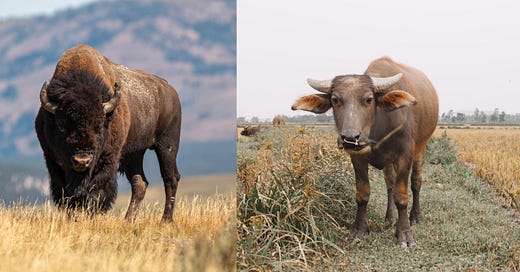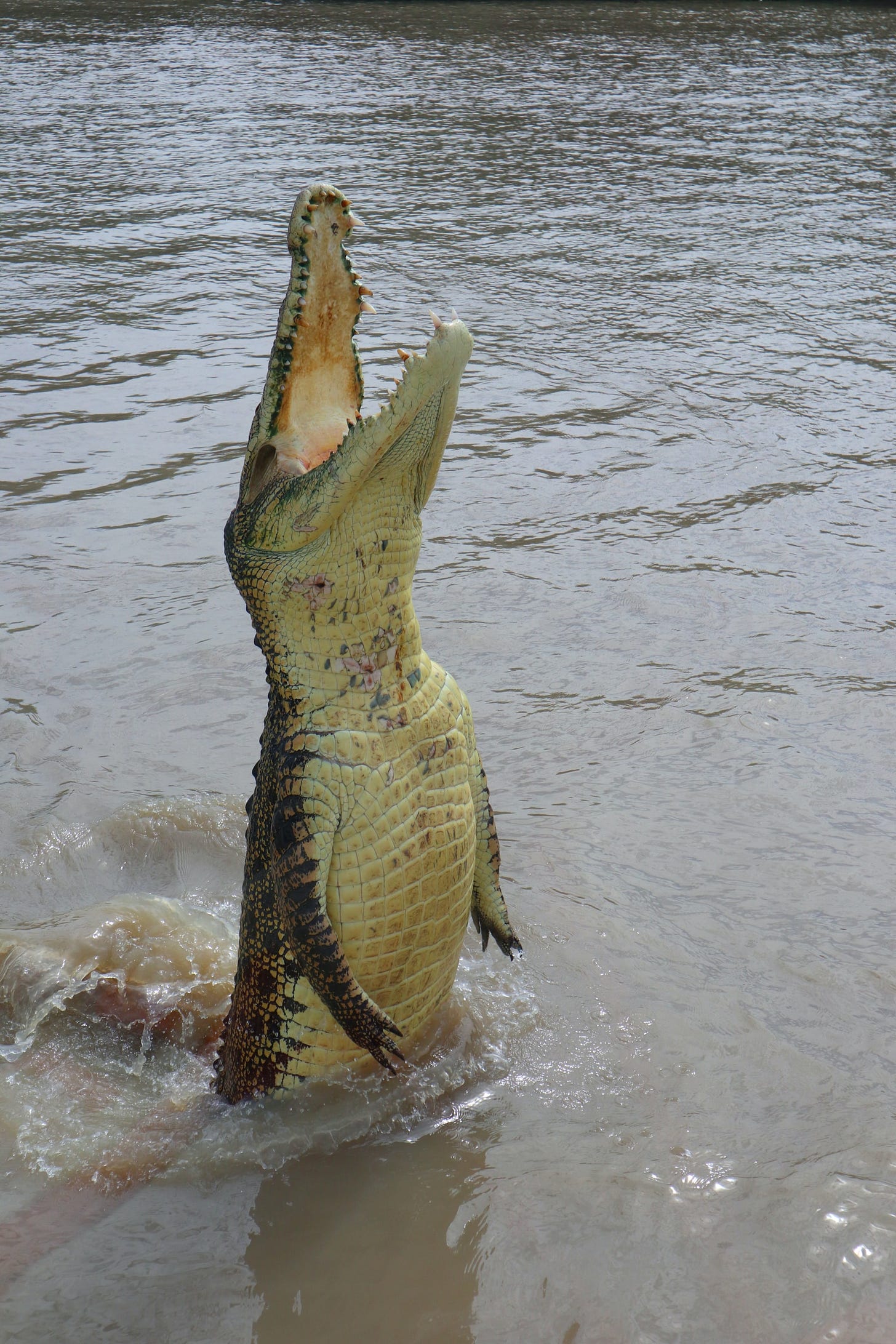Are Bison and Buffalo the same?
Last month, reality TV personality and actress Heidi Montag was spotted by the paparazzi walking around Los Angeles chomping down on a bison heart from a Ziploc bag. Famed for her role on the MTV reality series The Hills set in California, she has been consuming raw organ meats, including liver and testicles, to help with fertility. She’s also been on carnivore diet expert Dr. Paul Saladino’s Fundamental Health Podcast. Ms. Montag was quoted as saying:
“When you think about where the most nutrients are that are bio available to humans without toxins. Organs are very nutritious parts of animals. Culturally organs are a critical part. Eating raw liver is going to preserve as many nutrients as possible.”
Disclaimer: we must note to our readers that we do not support eating raw food due to the risk of bacteria and parasites. A friend of ours was hospitalized from eating sushi in Tokyo that had parasites. Food should be cooked.
While bison is nutritious, was that bison heart Ms. Montag was snacking on technically buffalo?
The short answer is no. Bison and buffalo are different species. Why then do people have such a hard time distinguishing between the two and often use their names interchangeably?
For example, in America’s flagship western song, “Home on the Range,” the “buffalo” mentioned is referring to bison. Today, many Americans refer to their national mammal as buffalo instead of bison. The Buffalo Bills NFL team’s logo prominently feature a bison, contrary to belief that it is a buffalo.
How did this mix-up happen? It came from the 17th century French fur trappers, familiar with the buffalo in Africa, who are said to have called the American bison “bœuf,” the French word for what they considered true buffalo – those similar animals living in Africa and Asia. This misnomer spilled into other facets of American life, with early European explorers going on to name the second-largest city in the state of New York, Buffalo, after noticing the vast herds of bison in the area.
Given that they ARE different, what makes bison different from buffalo?
They do come from the same hoofed, ruminant animals of the Bovidae family, that also includes cattle, antelope, goat, and sheep. One of the telltale characteristics unique to the Bovidae family is their horns which do not shed and branch out, unlike deer antlers. However, bison and buffalo species are distinctly different species within this family.
For one, bison are only found in North America and Europe with three subspecies: American, Wood, and European. All three bison types have faced extinction at times, with the American and Wood bison at one point reduced to just under 1,000. When Lewis and Clark toured the North American West in 1804, it is estimated that there were tens of millions of the American and Wood bison roaming North America, from Canada to as far south as Northern Mexico.
Due to successful revitalization efforts, today about 500,000 of American and Wood bison exist in commercial livestock herds and another 30,000 exist in conservation groups. European bison number about 30,000.
Indigenous to Africa and Asia, buffalo also consist of three subspecies: Asian water buffalo, domestic water buffalo, and the African buffalo (also known as the Cape buffalo). Famed for safari spotting in Sub-Saharan Africa, the Cape buffalo are part of the “Big-Five”[1] list of animals that safari tour operators make sure to find for their guests. The buffalo are also more numerous than the bison, especially the water buffalo estimated at 201 million. While the Cape buffalo are assessed at just under one million.
Physically, bison and buffalo are noticeably different. The head is much larger on the bison than the buffalo, and the bison sports a hump, making them look very front heavy. Buffalo are more symmetrical in appearance but have a smaller head and no hump.
Bison also rock shaggy beards and are sometimes known as the plains hipsters. While Buffalo are more “clean shaven.”
When it comes to size, bison are slightly taller and range from 5 to 6 feet in height, whereas buffalo are about 4 to 4.5 feet tall. Bison are also heavier and weigh between 2,200lbs and 2,500lbs. Buffalo weigh between 1,300lbs and 2,000lbs.
Bison are designed by nature to thrive in harsh climates such as the snowy winters in Yellowstone National Park. Bison can be spotted moving their heads low to the ground like a plow to move snow around so they can access grass to eat in the winter. Buffalo, on the other hand, typically reside in much more stable environments.
As North America’s largest mammal, apart from wolves and bears, bison do not have many predators due to their large size. Buffalo, on the other hand, have more serious predators to worry about. In particular, cape and water buffalo have to stay on high alert from big, hungry cats, such as lions and tigers, as well as hyenas and crocodiles.
Their uses by humans have varied as well. Historically American Indians relied on bison for their subsistence until they were sadly hunted to the brink of extinction due to overhunting and a controversial 19th century-U.S. Government relocation policy to starve the Indians off their land. From bison heart, to bison skin, the Native Americans used the bison for their nose-to-tail nutrition, and housing, as teepees were made from the hides.
Buffalo have been used for producing meat, milk, cheese, and even farm labor such as plowing. In Italian cuisine, buffalo milk from the Italian Mediterranean water buffalo is prized for mozzarella and is especially good on pizza.
The buffalo/bison confusion has permeated American and European life for centuries. Many people are trying to set the record straight today, but the misconception is so culturally pervasive that it has proven a difficult feat. Hopefully, this Catalyst community is now aware and can spread the word that bison is not buffalo the next time they hear someone use the incorrect moniker.
👉If you enjoyed this post, feel free to share it with friends!
Related Articles:
[1] The “Big Five” game animals, first coined by safari hunters for being the hardest to hunt, include the following: Lion, Rhino, Leopard, Elephant, and African Buffalo.









